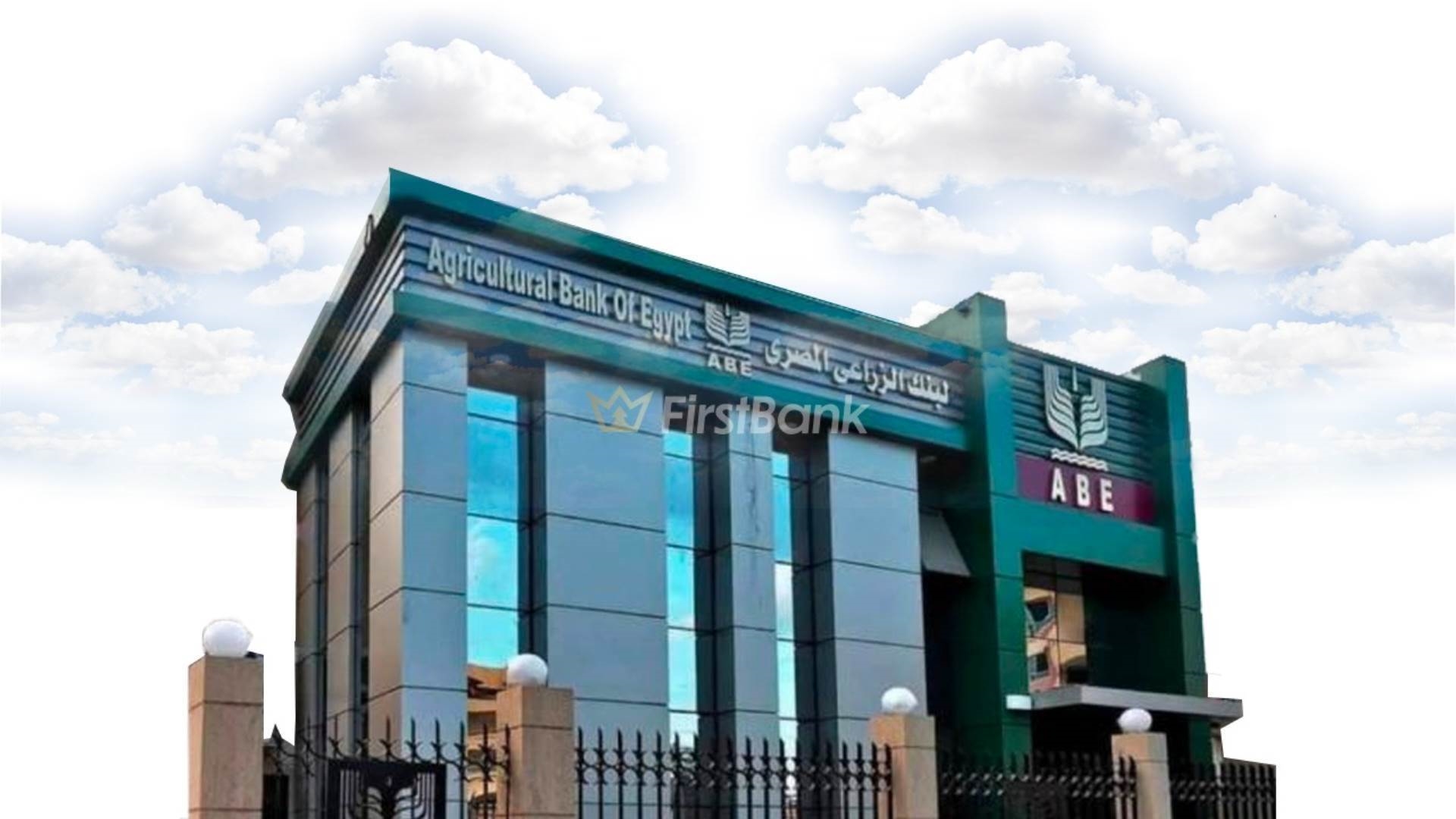Winning CBE’s bet, Egypt’s Agriculture Bank is included in the top 10 list of Egyptian banks

In 1931, during the global economic crisis, its main aim was to provide loans to Egyptian farmers and protect them from foreign banks and moneylenders. It was originally named 'The Principal Bank for Development and Agricultural Credit,' however, in 2016, renamed 'The Agricultural Bank of Egypt.
The Agricultural Bank of Egypt (ABE) was founded in 1930, with a clear objective of developing Egypt’s agricultural sector. In the following years the bank grew rapidly to become the largest financial institution in the Arab world serving the specific interests of the farming community.
ABE’s operations are carried out through a network that encompasses an administrative head office in Cairo, and about 1200 district branches and village banks. The bank currently employs approximately 17,000 staff and serves over 3 to 4 million farmers and other rural dwellers.
’The Agricultural Bank of Egypt will be one of the largest banks in the country within 3-4 years’, predicted Tarek Amer, The Central Bank of Egypt governor said; Perhaps these words explain why Amer’ has chosen Alaa Farouk to be Chairman of the state-owned bank as of February 2020.
Under Alaa Farouk leadership, the bank new strategy is based on several axes; including mainly the technological development of all its sectors through working on modernising the technological infrastructure as well as creating a database that connects all its branches.
Within a short period Farouk was able to create a pioneering experience with a bright vision and a tight strategy; to lead the bank towards a record boom on all its financial indicators, and to enhance its position as one of the most important plants of the Central Bank to achieve its goals to be one of the largest banks in spreading the idea of inclusion financial community.
The financial indicators of the Agricultural Bank of Egypt confirm the Central Bank of Egypt's bet that it will be one of the largest banks in the country within 3-4 years after the bank officially entered the list of top 10 banks in the Egyptian banking sector.
First Bank has recently released its rating list on top 10 banks in the Egyptian banking sector. ABE ranks seventh among top Egyptian banks in terms of loan portfolio, and the eighth in terms of deposit portfolio.
The following analysis reviews the exceptional boom achieved by the Agricultural Bank of Egypt under the leadership of Farouk:
A leap in the loan portfolio
The agricultural loan portfolio posted EGP 13 billion at the end of February 2022, benefiting about 350,000 customers across all governorates, with the bank granting loans of EGP 100 million to villages included in the Decent Life Initiative, benefiting 9,800 customers of whom about 63% are women. .
A leap in the deposit portfolio
ABE was also able to double its deposit portfolio to rise by EGP40 billion recording 103 billion pounds by the end of February 2022, compared to 63 billion pounds in March 2020, with a growth rate of 63.5%. This is despite the corona-virus pandemic, which affected the Egyptians’ tendency to save their money in banks as a result of the decline in the average income of most citizens and the difficult conditions that everyone went through during this period.
Geographical expansion and financial inclusion enhancement
The banks expansionary plan contributed to enhancing its geographical presence, bringing the number of its branches to 1210 branches with a target of reaching 2000 branches during the next 5 years. It main goal is to become the largest spread in the Egyptian banking sector in spread in order to keep playing a pivotal role in the Central Bank’s plan to achieve Financial inclusion.
Moreover, the bank has been working on a plan to have the largest number of ATMs in villages. It has already installed 1,000 ATMs over the past three months, with the support of the CBE, including 491 ATMs in Upper Egypt, at a cost of EGP 242m







